


Could you name one thing that unites all of us? Our answer is the fact that we all have at least one messenger installed on our phones. We use messaging apps not only for daily communications but also for keeping up with news, setting appointments through bots, and chatting with customer support.
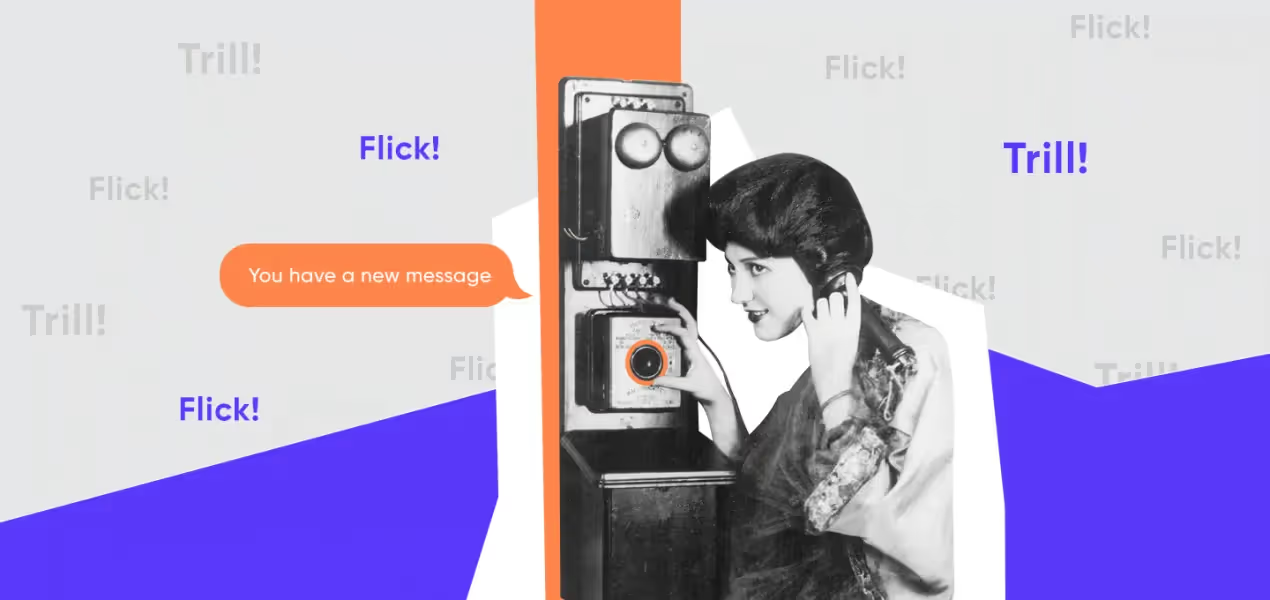
Messaging apps have changed the way we communicate. They've given us the ability to instantly message our friends, family, and colleagues and always stay in touch. The popularity of services like WhatsApp, Facebook Messenger, and Telegram has inspired many entrepreneurs to think about developing their own messaging apps.
Let’s take a look at some statistics:
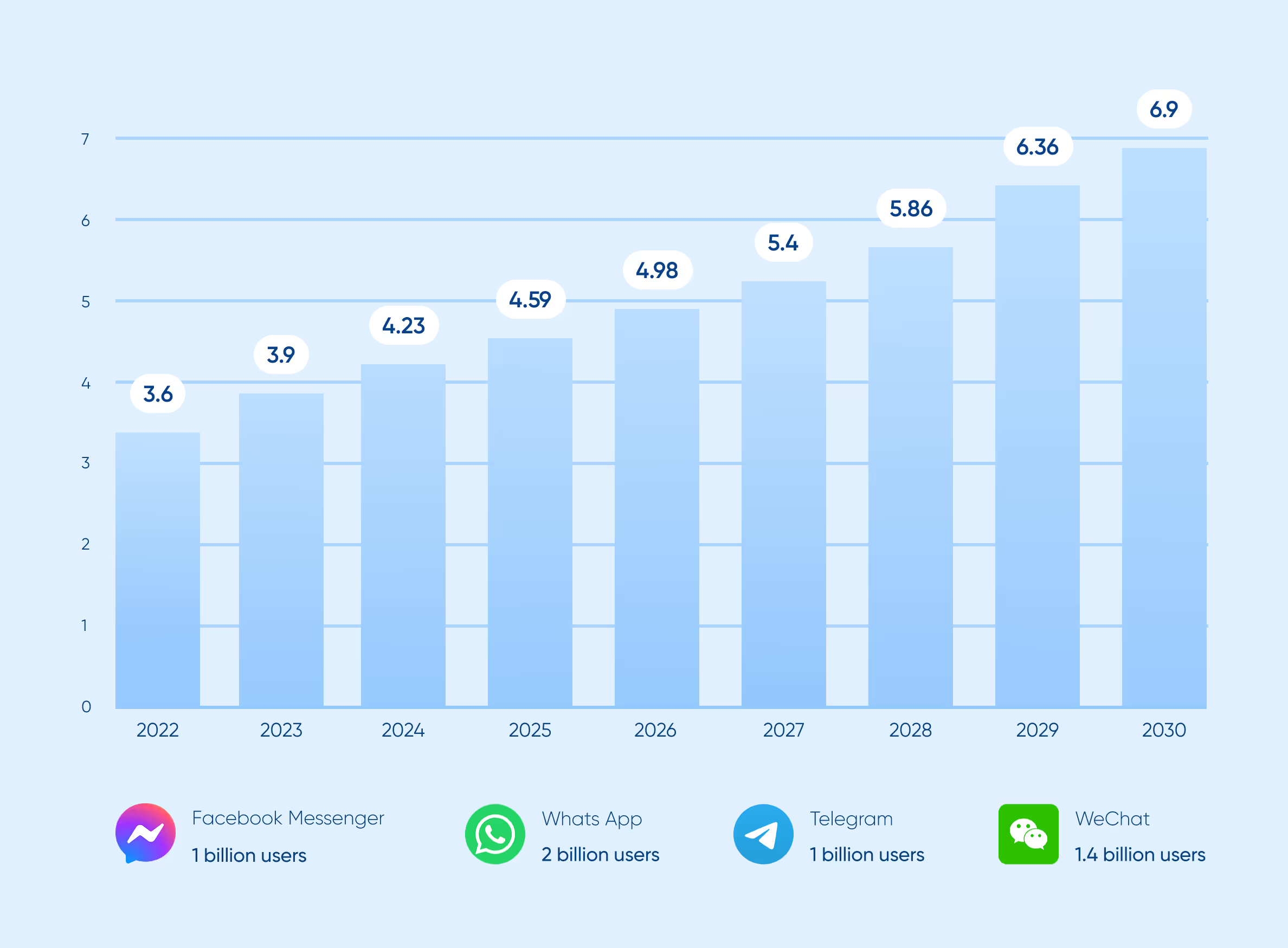
The size of the market and the number of competitors may intimidate you. But if you thoroughly study the market, you can try to find your niche and develop unique features that will help you stand out and make your chat app a success.
There is a set of functions you need to consider in order to create an instant messaging app. At Purrweb, we believe an app should be user-friendly in the first place and consider customer pain points.
Therefore, we advise you to start with app research: brainstorming and defining your niche, unique characteristics, and target audience. Then, you can move on to execution and pick the functionality you need for your app. You can find more tips on selecting MVP features in the article below.
Based on our experience, we created a list of must-have features for the best messaging app.
The registration process should be fast, so we recommend adding the ability to log in via social media, phone number, or e-mail. After this, the user will be able to choose a photo and a username. Some apps like Telegram allow users to create multiple profiles. It might be beneficial, for example, if you live between two countries and have multiple SIM cards.
This feature makes the onboarding process in an app like WhatsApp easier because a user can sign up, sync contacts, and instantly start messaging.
The instant messaging feature is the core of your chat app. Your app will need elements like private and group chats, send and unsend messages, delivery status, text history, and editing functionality.
The ability to exchange media files can extend the variety of reasons why people will use your instant messaging app. Let users send photos, videos, GIFs, and documents to each other and use chats as cloud storage.
Notify your users about new messages instantly. If you've ever used a chat application in your life, you probably know how important notifications are 😉
When it comes to communication, personal or work — privacy is important. App-owned servers usually store users’ data and messages are encrypted and transferred between devices using different communication protocols. Consult us to learn more about data security technologies and create a safety messaging app.
Third-party services can help you integrate this feature into your chat app. Geolocation allows users to share their position with others. The messenger also uses geolocation to set the language of users’ current place of residence.
These features aren't required from the start, as they can ramp up the cost of building a chat app. But they enhance the instant messaging app experience, so note them for the future.
Consider adding voice and video calls. Maybe it’s not that necessary in the first app development stage, but as soon as you have resources, it’s good to consider expanding the functionality to the call exchange.
When you implement voice and/or video calls, make sure they're properly protected. With end-to-end encryption (E2EE) in place, no third party will be able to intercept information traveling between the devices of call participants. And even if they do gain unauthorized access to the data flow, it will be impossible to decrypt.
This feature will attract businesses to your chat application. Chatbot is automatic software that maintains online communications with customers, sends automatic replies, and answers frequently asked questions. They can also call a human if a user’s question is too difficult for the machine.
First launched by Telegram back in 2015, channels are a form of one-way communication platforms similar to communities in social media. They allow users to directly reach their subscribers with content, be it text, video, or audio. The current staple in the industry are Telegram channels, which support an unlimited number of subscribers, feature multiple analytics tools for admins, and offer content protection measures. For example, the channel owner can block screenshots or disable message forwarding.
Self-destructing or ephemeral messages are a simple and effective privacy protection tool. Once the recipient reads the message, the app permanently erases it from every chat server. Perfect for discussing legal matters, receiving medical consultations, or sharing sensitive corporate info.
Looks massive? Here’s a compact list of the key features for you to take a look at.
There are several aspects of building a messaging app like WhatsApp. First, you need to consider which communication protocol to use. It regulates how devices exchange information with servers.
You can use these 3 protocols in instant messaging app development:
To create a messaging application, you’ll need to choose between native and cross-platform app development. Native app development essentially means building different apps for each operating system. To build a chat app for iOS natively, you’ll need developers experienced in Objective-C or Swift. For native Android apps, the tech stack will be Java and Kotlin.
And if you want to make a messaging app suitable for both systems, opt for cross-platform development. Then, the tech stack for both iOS and Android app development will be the same.
Before we move on to the app development costs, here’s a bonus tip from us.
Save your time and money by choosing React Native.
When entering the market with your first-ever chat app, choose to develop it with React Native. It's a UI software framework Meta created in 2015. It works with JavaScript — one of the most popular programming languages across the world, so it’s not difficult and time-consuming to find a contractor for your messaging app development.
There are 4 major benefits of working with a team that develops on React Native.
We've been working with React Native for the past 6 years. The framework allows us to create MVPs for our clients in 3 months — you'll have a working chat app that you can test to collect user feedback and show to potential investors.

Creating a messaging app requires experience, knowledge, and time. There are some steps to follow:
In the first stage, you need to estimate the functionality of your project. When you approve the necessary chat app features, a business analyst forecasts the scope of work. If you’d like to follow the MVP approach, we recommend focusing only on the most crucial features.
Designers collect references, which helps to grasp the client’s taste. Then, they draft the instant messaging app architecture — a mindmap that shows the logic of the app and wireframes that show the position of buttons or content. Then, designers create a concept — a ready-made part of the app that shows a particular flow. When the client approves the screens, designers make mockups and UI kits.
Specialists put the app development process in motion — it’s a task for backend and frontend developers who will build a fully working product and the app functionality. The process is complex, but here are some of the steps our developers follow to create a chat app. To build a messaging app, we:
We develop apps using two-week sprints, and at the end of every sprint, we're ready to show one or two finished features.
QA specialists test your instant messaging app and check its efficiency, safety, and functionality. If you develop a cross-platform app, they'll test it on both iOS and Android. At the end of each sprint, we allocate two days for bug fixing. Every two sprints, we do regression testing because we need to be sure that the features work together correctly.
When you release the app, it doesn’t mean you completed the task. Often, the released app needs maintenance, and in most cases, the app development agency supports the app after the launch.
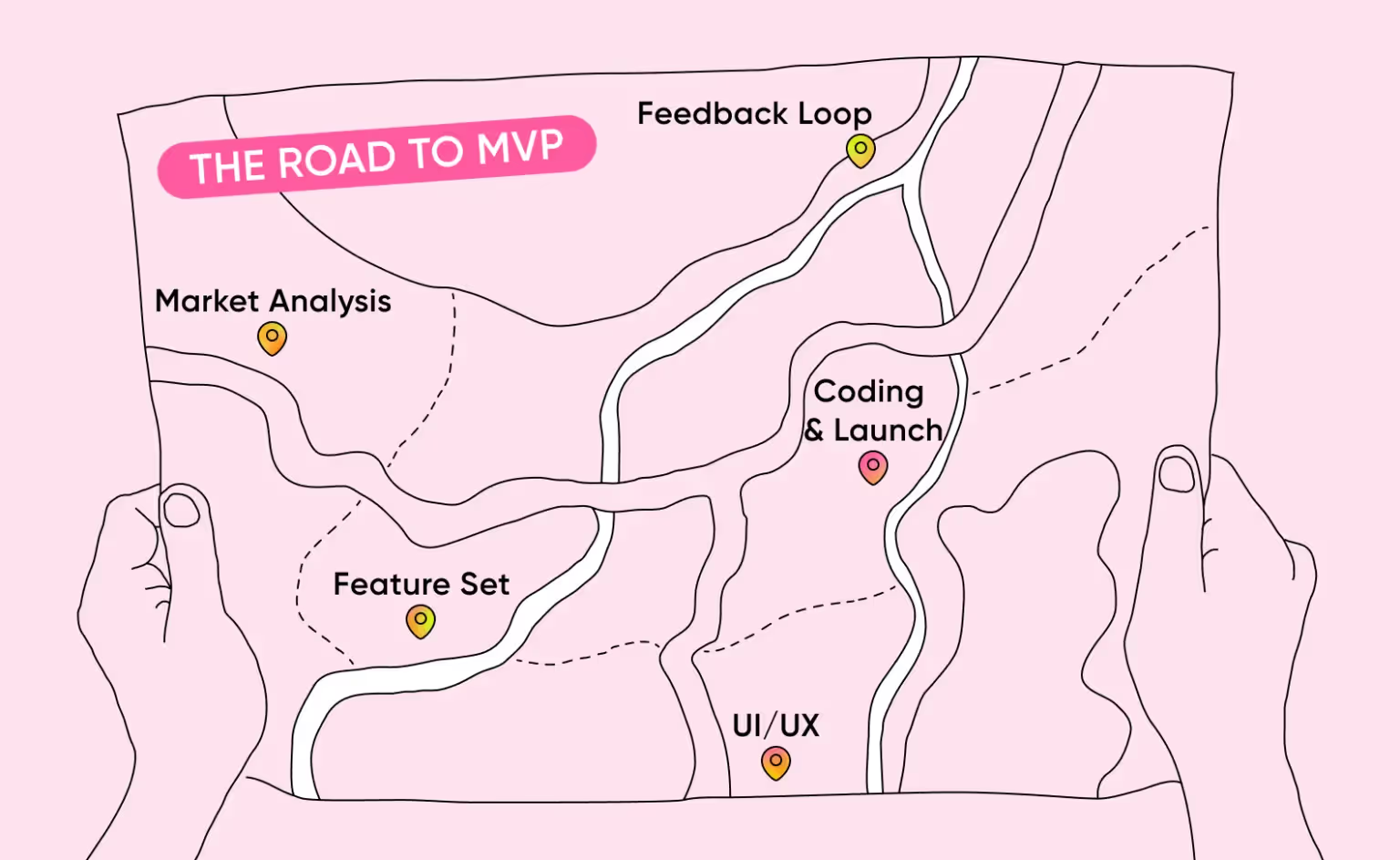
Developing a chat app may not seem like a difficult process. However, before you start developing, take some challenges into account that can affect the performance and success of the application. Here are 7 of the biggest ones.
It’s not enough to just create a chat application, you also need to somehow attract users. Identifying unique features that your competitors don’t have can help. It can be challenging to come up with something new because there are already hundreds of applications on the market. On top of that, messaging apps tend to have a standard set of features.
Think about what will convince people to download your chat app. One way to do that is to look at what’s gaining popularity and be one of the first to implement it. Or you can focus on niche features that meet specific market needs.
App users want their conversations to remain private and secure. You can achieve this with end-to-end encryption. Encryption uses cryptographic keys stored on the endpoint devices to encrypt messages when they are sent out and decrypt them when they are read. This means that only the sender’s and recipient’s devices can have access to the messages.
During development, the team should think about other potential vulnerabilities, such as phishing or data leakage. They need to implement additional authentication and encryption methods.
It’s one thing to have a hundred people using your chat app, and it’s different to have millions of them. With a rapid growth in popularity, server overload can become a serious problem. It can lead to slow message delivery and app crashes. It would help if you thought about scalability in advance so that your servers can handle the high load.
Consider horizontal scaling so that the application can allocate resources to handle the growing traffic. This method increases the capacity of a system by adding more servers to the existing ones. For example, Facebook and Google use horizontal scaling to cope with high user traffic during peak periods.
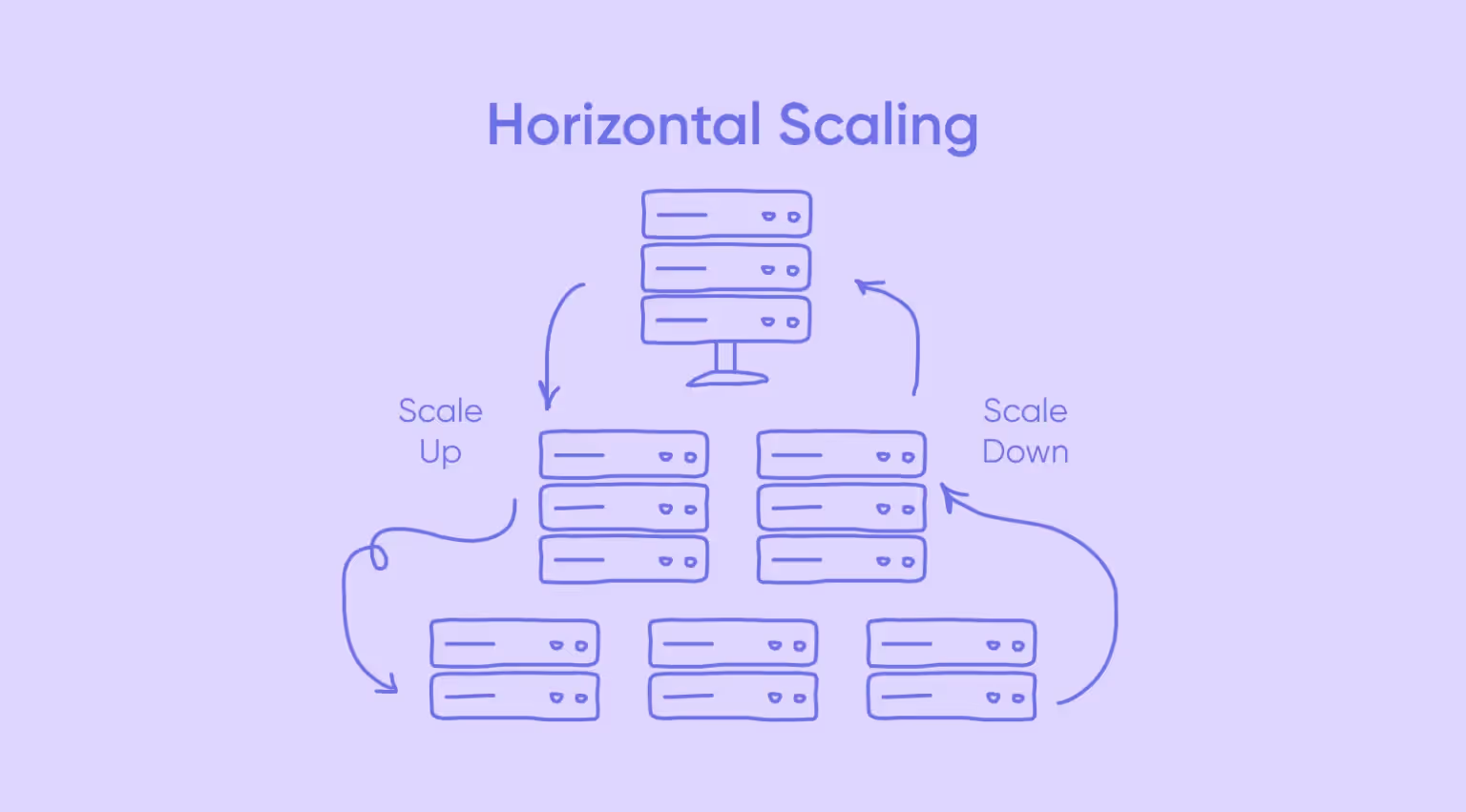
Another problem that can arise due to the large number of app users is a lack of storage. Since people can send large amounts of files, you need to think about optimizing data storage. To avoid overloading servers, the best solution is to use cloud storage. It offers cost-effective, secure, and scalable data management.
The cloud has another advantage. In case of device loss or other unforeseen events, user data will remain in the cloud. This way, important data will be safe, and users can have access to it from any device.
Users expect to be able to log into a messaging app from multiple devices. That’s why popular messaging apps have versions for different platforms — smartphones, tablets, and desktops.
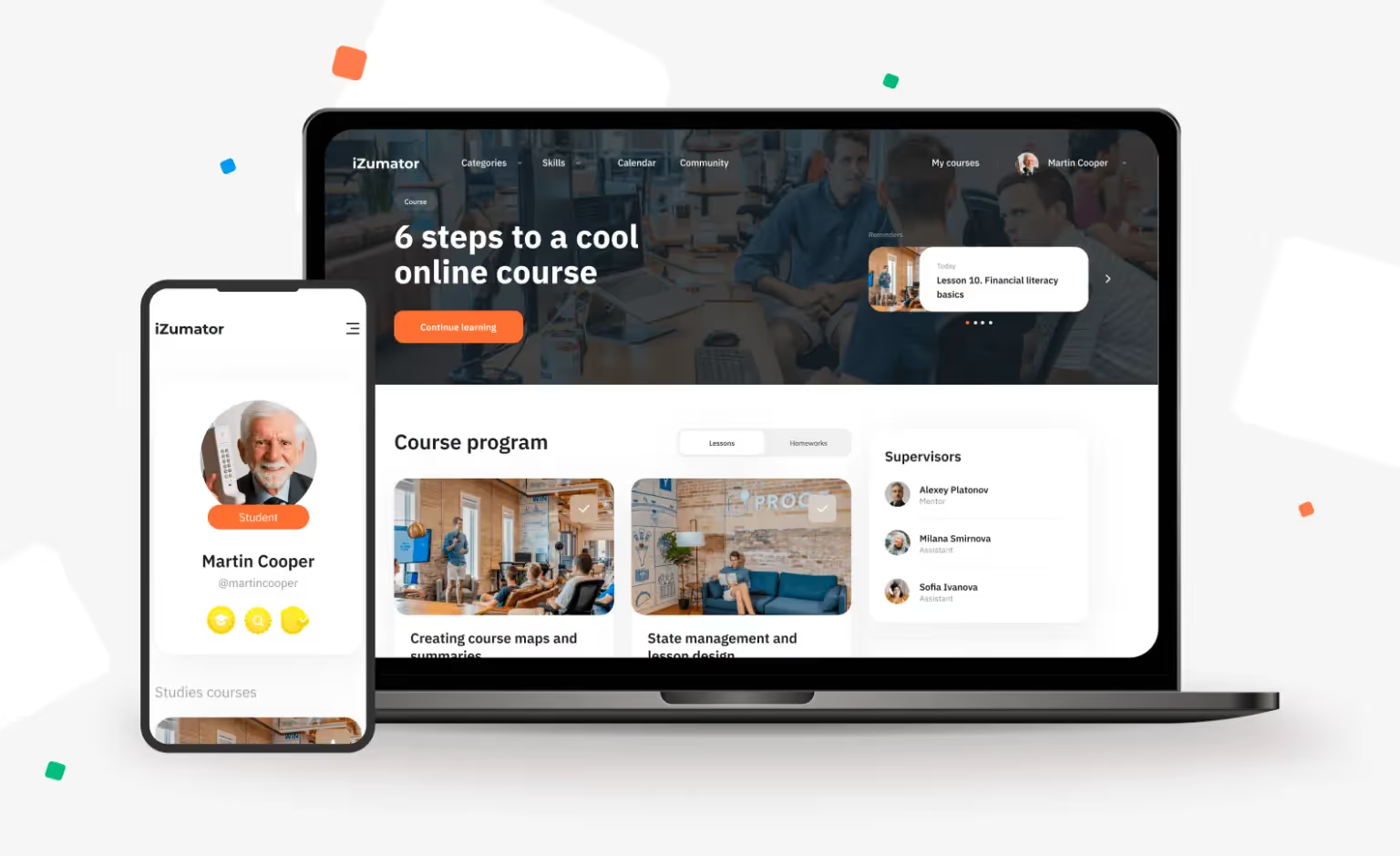
The app should ensure that messages, notifications, and settings are consistent across all platforms. To do this, you need to provide high-quality data synchronization. Again, cloud services can help here.
Not all messaging apps comply with data protection and privacy regulations. And if you’re developing a corporate messenger, you should consider complying with regulations like GDPR and CCPA. They set strict rules for collecting, storing, and processing user data. Non-compliance can lead to large fines and damage the app’s reputation.
At the same time, compliance can compromise the privacy of user data. For example, governments may require access to data under legitimate circumstances or for the purpose of content moderation. We recommend consulting with legal experts to balance regulatory requirements with user security.
The core features of the app should be free. After that — there are ways to monetize your creation.
The best example is Telegram, which has a freemium model. The basic features are free without significant restrictions, which doesn’t ruin the user experience. But at the same time, Premium offers features that all users can enjoy. These include an increased file-sharing limit, faster download speed, voice-to-text conversion, and more.

Let’s take a look at 4 popular messaging apps mentioned earlier — highlight their features and provide approximate development costs.
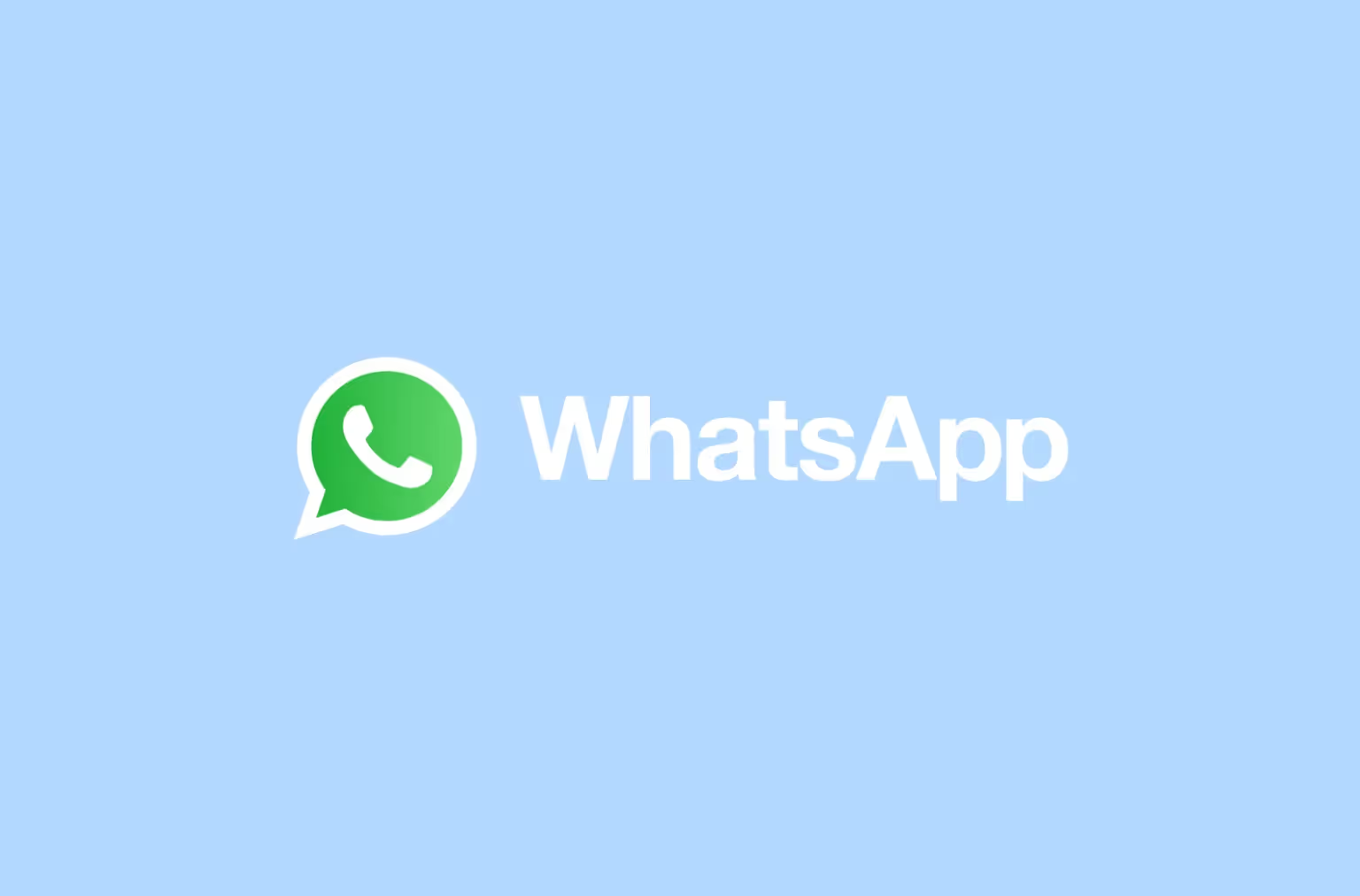
Launched in 2009, WhatsApp was originally created as a tool for sharing statuses but soon became a messaging platform. Now owned by Meta, it is one of the most popular messengers in the world.
Features:
Development cost: from $100,000
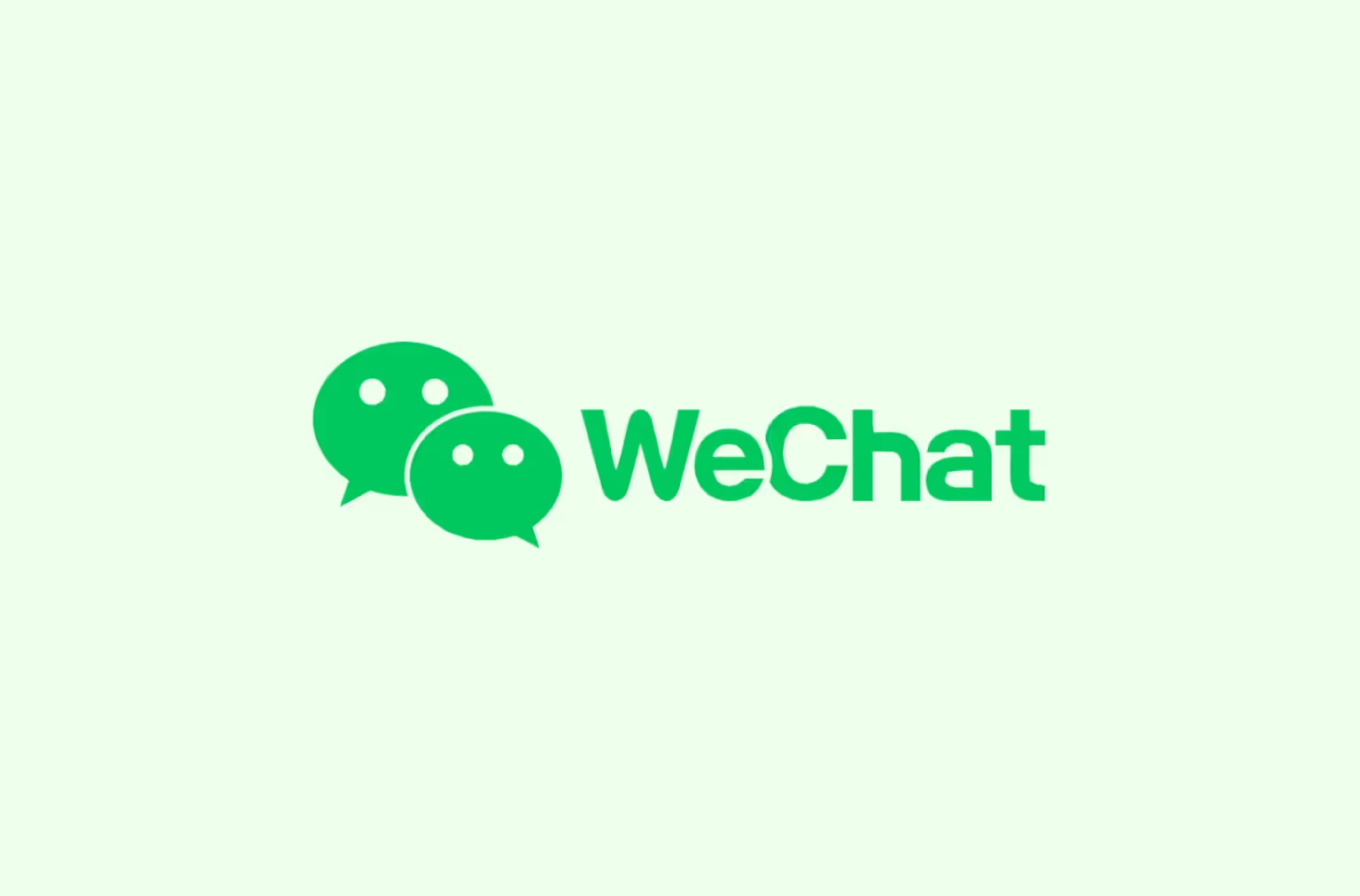
WeChat was launched in 2011 by the Chinese company Tencent. Its initial aim was to compete with other messaging apps. However, the app later evolved into a multifunctional platform that allows users not only to communicate but also make payments, order taxis, book tickets, and more. Because of its versatility, WeChat can be called a “super app.”
Features:
Development cost: from $200,000

Launched in 2013 by Pavel Durov, Telegram was originally developed with an emphasis on speed, security, and cloud-based synchronization. It’s now one of the world's leading encrypted messaging platforms, known for its focus on privacy and massive group communication.
Features:
Development cost: from $100,000

Facebook Messenger, also owned by Meta, was launched in 2011. Messenger was originally part of Facebook’s social network, but over time, the company decided to make it a separate app. Messenger also allows users to send messages without having a Facebook account. The application evolved rapidly, with new features appearing: calls, stickers, and sending money.
Features:
Development cost: from $150,000
These apps are similar in many ways, but there are still notable differences between them.
If you want to create a messaging app, pay attention to 2 factors influencing the cost of the chat app development.
We reached the most important part of the article — estimated costs and timelines. The chat app development involves a team of developers, UX designers, product managers, and QA specialists. And everyone requires payment 🙂
Our philosophy is to be as open and transparent as possible, so we always discuss prices and timeframes beforehand. We offer a full-cycle development of a React Native app from scratch. Moreover, to develop an on-demand messenger, we'll take additional measures to ensure data security. Meanwhile, our UX designers will research your potential users, plan the architecture of the app, and create a design concept.
Here’s the timeline with prices. But remember, this estimation is for an average messaging app.
Below you can find an estimation of how long it would take for our team to develop each feature for a messaging app.
Overall, if you want to make a chat app, it will take you five months and $85,000.
Key in your e-mail address to get a full breakdown of the estimation with the details.
Overall, a team of 6 people will create your own messaging app. According to similar projects we've made, the estimated cost of development is about $85,000 for a full cycle of development. This budget includes UI/UX design, building a prototype, QA testing, creating iOS and Android versions, connecting to servers, and everything else needed. In 5 months, you'll get a fully working messaging app with the crucial features.
➡️ As a bonus — we'll answer your questions about how to create a chat app and share tips with you on how to launch a successful chat app. You can check our portfolio and reviews and reach out to us anytime via the <a class="blog-modal_opener">contact form</a>.